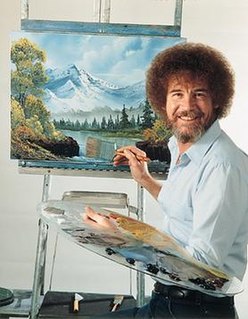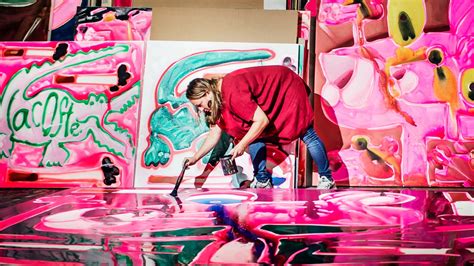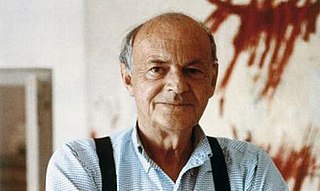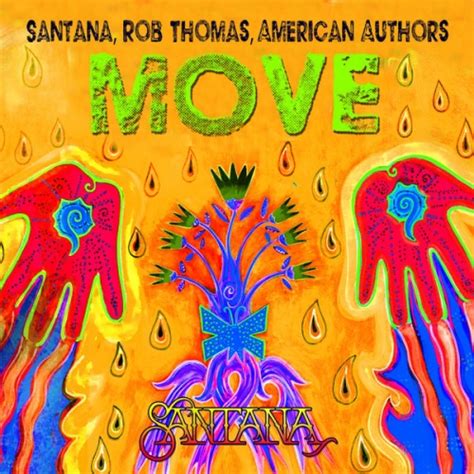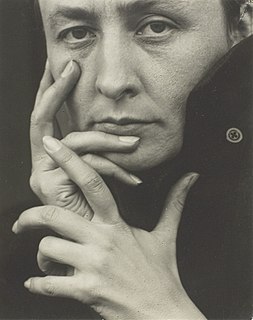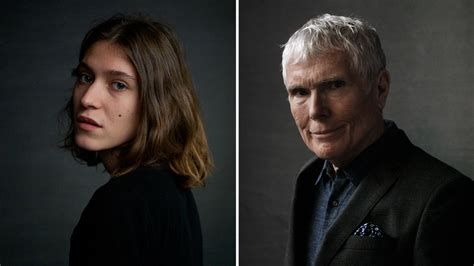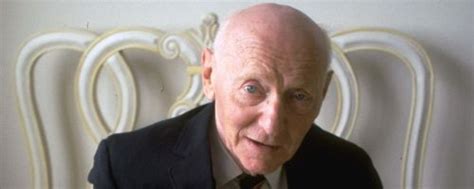A Quote by Bob Ross
Within one hour of touching the brush to canvas for the first time, my students have a total, complete painting.
Related Quotes
I sit for two or three hours and then in 15 minutes I can do a painting, but that's part of it. You have to get ready and decide to jump up and do it; you build yourself up psychologically, and so painting has no time for brush. Brush is boring, you give it and all of a sudden it's dry, you have to go. Before you cut the thought, you know?
There is an exercise I teach at colleges: Get yourself a canvas and a bunch of acrylics and go into a very dimly lighted room. Dip a brush into one of the colors, slap it on the canvas, don't look, close your eyes, make a painting, don't look, turn the lights on and see what you've got. I think this releases people from the editor in their life that's always standing over their shoulder saying, "Oh, you don't have any talent; who do you think you are?"
The challenge of yoga is to go beyond our limits - within reason. We continually expand the frame of the mind by using the canvas of the body. It is as if you were to stretch a canvas more and create a larger surface for a painting. But we must respect the present form of our body. If you pull too much at once, we will rip the canvas. If the practice of today damages the practice of tomorrow, it is not correct practice.
It's true, I do sometimes suspend myself over the canvas, but mostly I work at a table when I'm making a painting. When I use 'The Rig,' my feet are firmly anchored. I lower myself horizontally just long enough to make a brush stroke - a matter of seconds - and then I'm upright again. My assistant then erases the painting quickly with a squeegee and I go for it again... until I get it right. It's like trying to hit a home run.
You have bits of canvas that are unpainted and you have these thick stretcher bars. So you see that a painting is an object; that it's not a window into something - you're not looking at a landscape, you're not looking at a portrait, but you're looking at a painting. It's basically: A painting is a painting is a painting. And it's what Frank Stella said famously: What you see is what you see.
I always get into arguments with people who want to retain the old values in painting - the humanistic values that they always find on the canvas. If you pin them down, they always end up asserting that there is something there besides the paint on the canvas. My painting is based on the fact that only what can be seen there is there... What you see is what you see.
